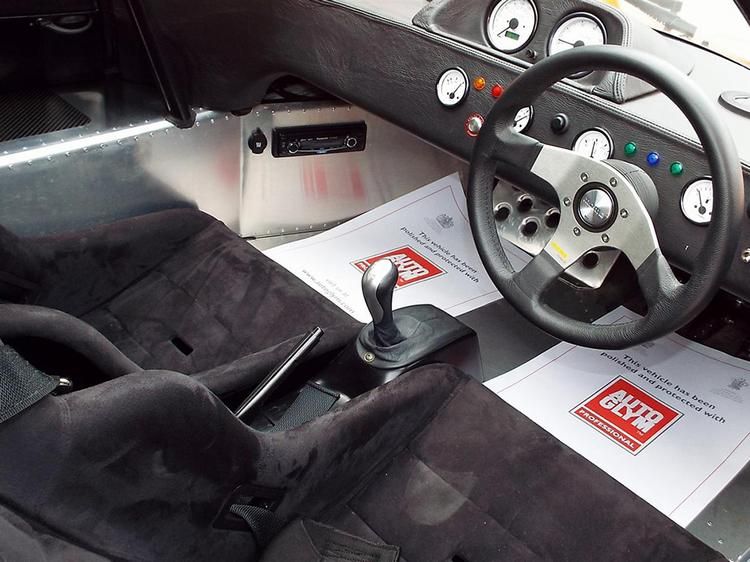Features:

Configurations
ASTRO 25 & Analog Conventional:GTR 8000 Expandable Site Subsystem (ESS), Motorola's premier turnkey RF site design, provides the optimal P25 trunking solution for easy installation and high availability. All base radios, networking equipment, timing and frequency distribution, RF combining and multi-coupler equipment are factory integrated into a single rack or cabinet.
ASTRO 25 Trunking: Motorola's Conventional channel solutions range from small single repeater sites to wide-area coverage voting and simulcast systems. The GTR 8000 Base Radio’s high performing analog capabilities enable narrow-banding migrations that maximize audio performance.
ASTRO 25 Data:Motorola’s Integrated Voice and Data (IV&D) in ASTRO® 25 trunking and conventional systems as well as High Performance Data (HPD) are supported by the GTR 8000. Voice and data transmissions switch dynamically on the same base radio for ease of use.

Gtr 8000 Technical Manual
Performance
Maximum Coverage:Multisite Linear Simulcast offers industry-leading coverage with fewer sites
Receive Diversity:Two branch diversity receiver expands talk-in coverage for HPD and TDMA trunking
Superior Audio:100 ppb frequency stability directly enhances analog audio performance
Availability
Dual Connections: All channels remain online and on air in the event of a network switch or timing/frequency reference failure
Battery Revert and Charging:Eliminates need for an uninterruptible power supply (UPS) in many installations
Motorola-gtr-8000-manual 1/13 Downloaded from carecard.andymohr.com on November 28, 2020 by guest Books Motorola Gtr 8000 Manual When somebody should go to the book stores, search introduction by shop, shelf by shelf, it is in fact. Radio Motorola ASTRO 25 GTR 8000 Manual. Base radio (309 pages) Radio Motorola GM950 User Manual. Motorola portable radio user guide (9 pages) Radio Motorola GM-950. SLR 8000 Programming and Tuning Chapter 10 SLR 8000 Programming and Tuning 10.1 Introduction This chapter provides an overview of the MOTOTRBO Customer Programming Software (CPS) and ™ ™ ™ the MOTOTRBO Tuner application for use on Windows 7, Windows 8, or Windows 8.1. Page 110: Figure 50: Customer Programming Software Setup.
Installation and Serviceability
Easy Install:Ships factory aligned ready for installation
Hot Swop Hardware:Service and replace hardware without system down-time
Online Software Download:Download software while online and fully operational
Front Serviceable:Perform all servicing from the front of the station
Space Efficiency
Compact Hardware:Standalone deployment utilizes a 3 rack unit chassis
Reduced Number of Racks and Cabling:Expandable Site Subsystem conserves power and space by integrating controllers, switches, cavity combining, TX filtering, multicouplers & preselectors into one vertical cabinet/rack
Front Access Connections:Install within inches of the wall and save valuable site space
Life Expectancy
Future Ready:No new hardware required to convert for narrow-banding, from conventional to trunking, from FDMA to TDMA, or from single to multi-site configurations
Software Defined Radio:Upgrade to new functionality through software updates and configuration changes
Motorola Gtr 8000 Base Radio
Security
Password Protected:Password-only, user/password, and RADIUS server authentication configurations are supported
Secure Connectivity:Secure SNMPv3 and secure shell (SSH) IP connectivity provided with Microsoft Windows® Configuration Service Software
Robust, Hardened IP Stack:Built to comply with Department of Defense STIGs for secure network communications
Gtr 8000 Manual
System Types:
Conventional and Trunking; Site Repeater, Voting, Simulcast and Multicast Configurations; ASTRO® 25 Integrated Voice & Data (IV&D); High Performance Data (HPD)
Modulations:
Analog FM (12.5kHz, 25kHz); Linear Simulcast; P25 FDMA (C4FM); P25 TDMA (6.25kHz Trunking Only); Mixed Mode Analog/Digital
Frequency Bands:
900 MHz (ESS Only); 700/800 MHz; UHF Range 2 (435-524 MHz); UHF Range 1 (380-435 MHz); VHF (136-174 MHz)
Network Connectivity:
IP; V.24 Digital (Motorola DIU and ASTRO-TAC 3000 interfaces); Analog Wireline (2-wire, 4-wire or 8-wire)